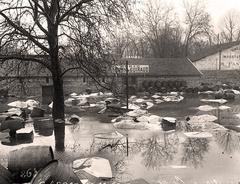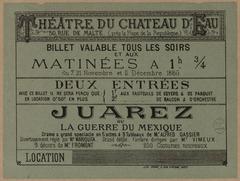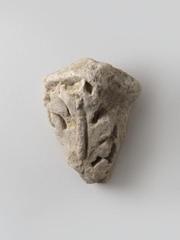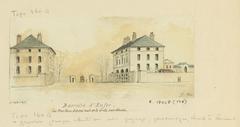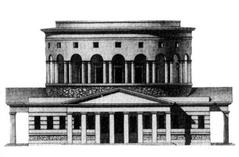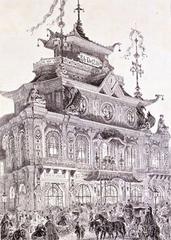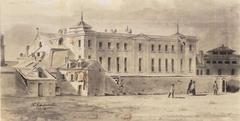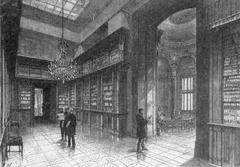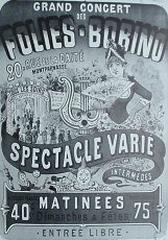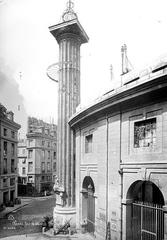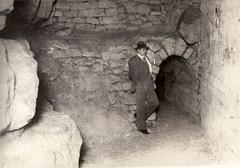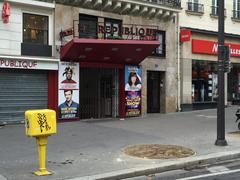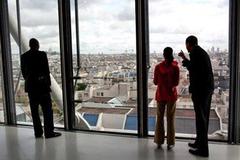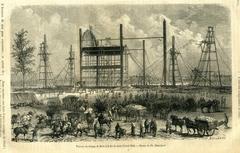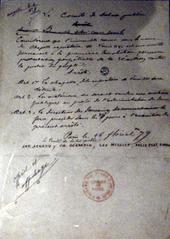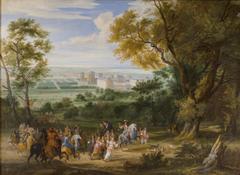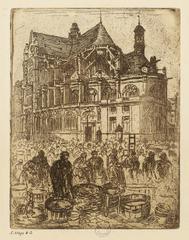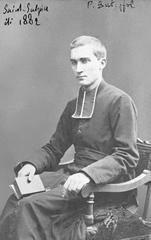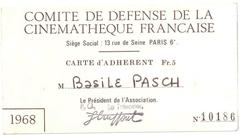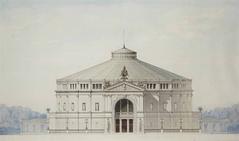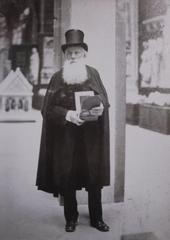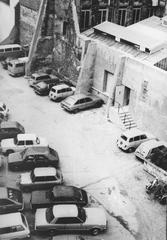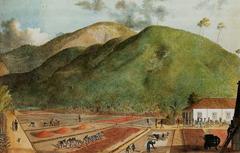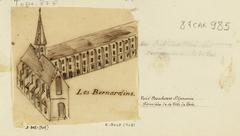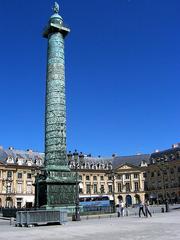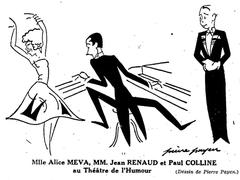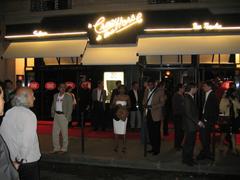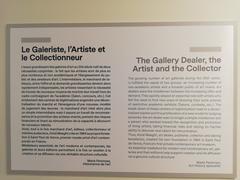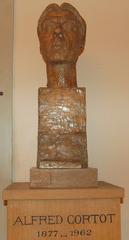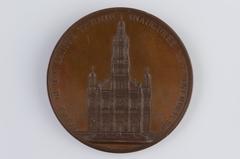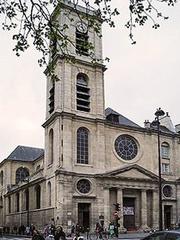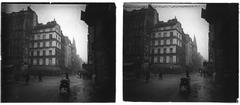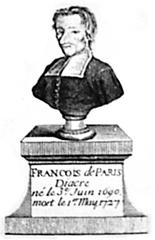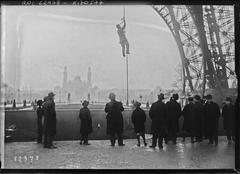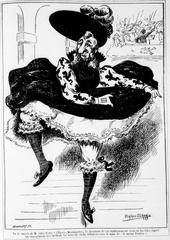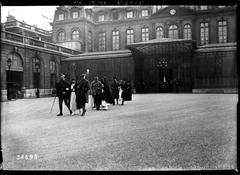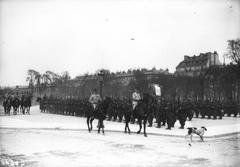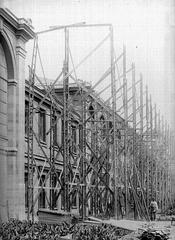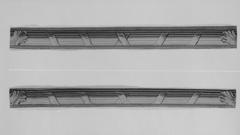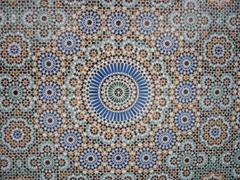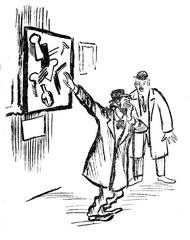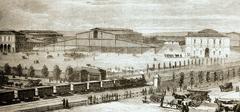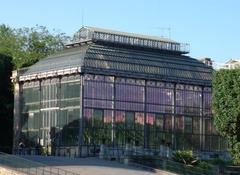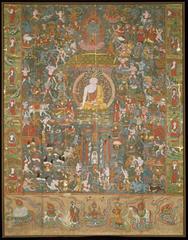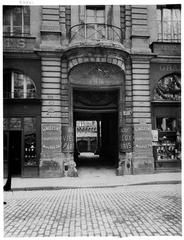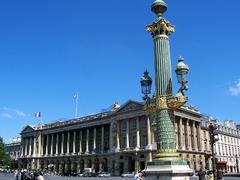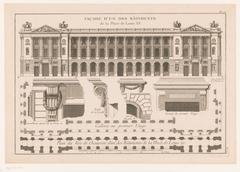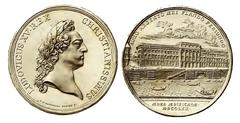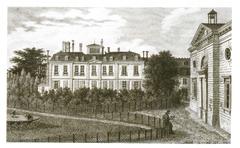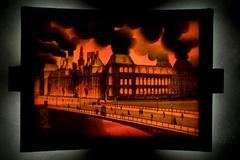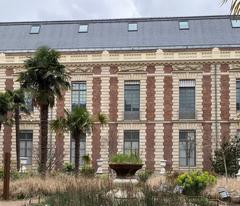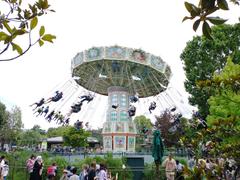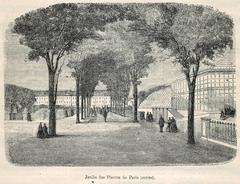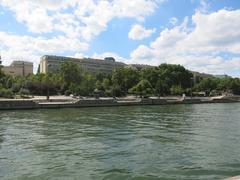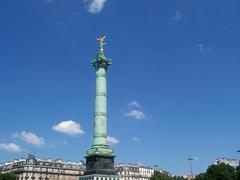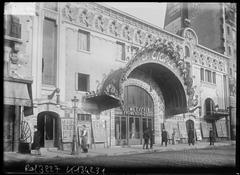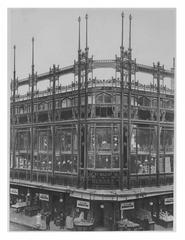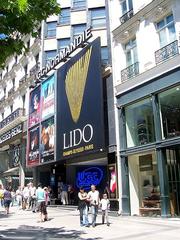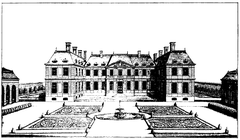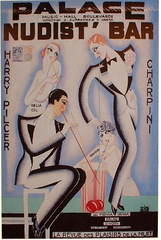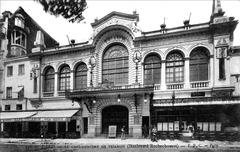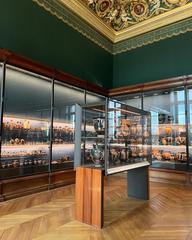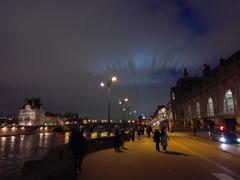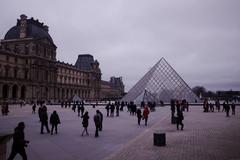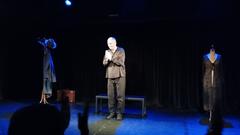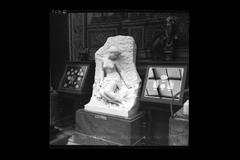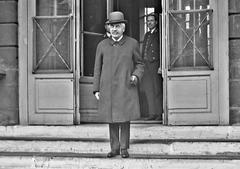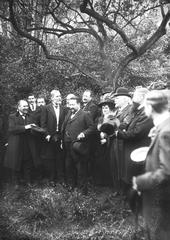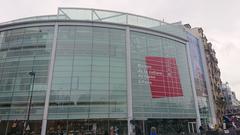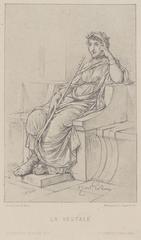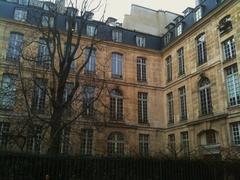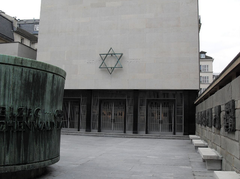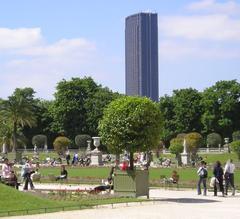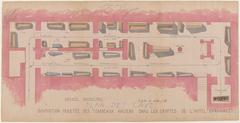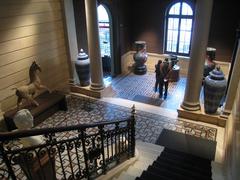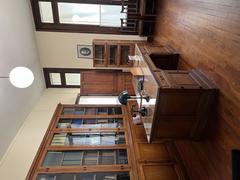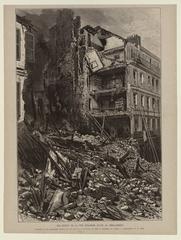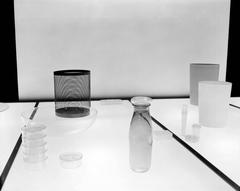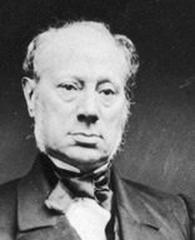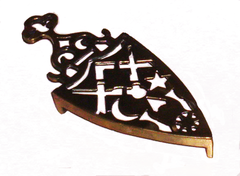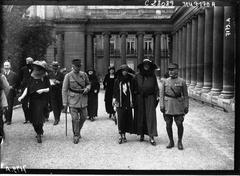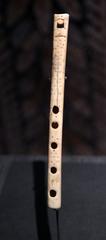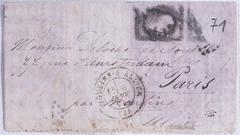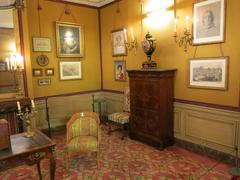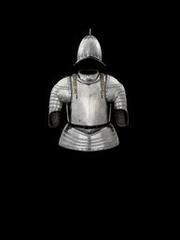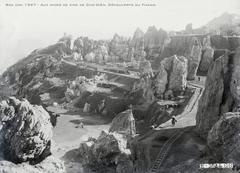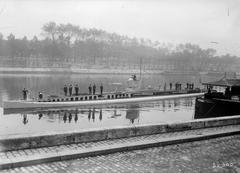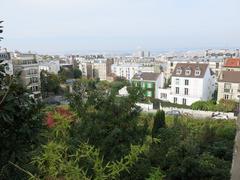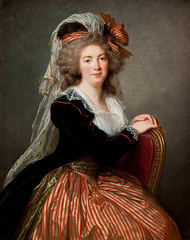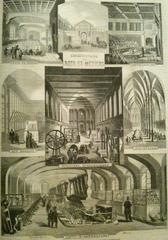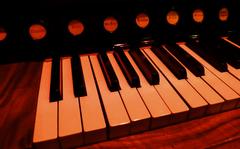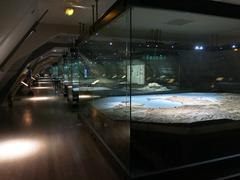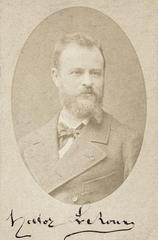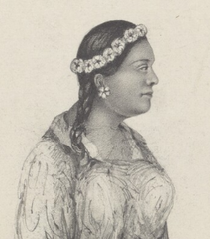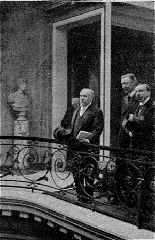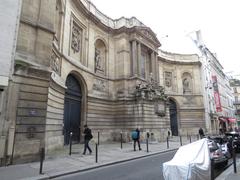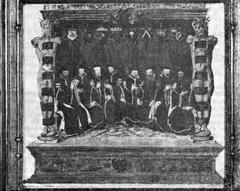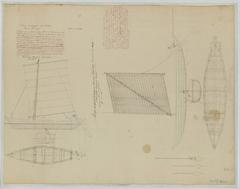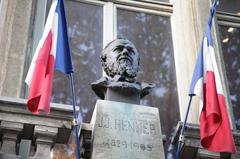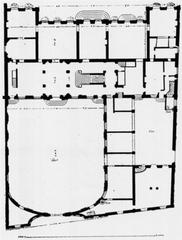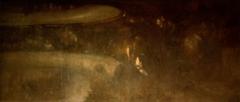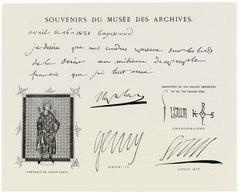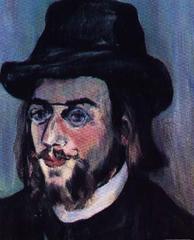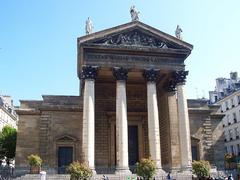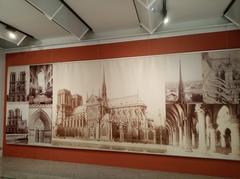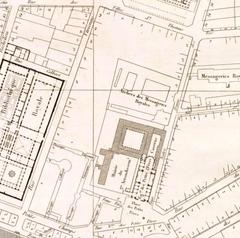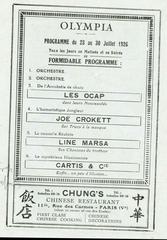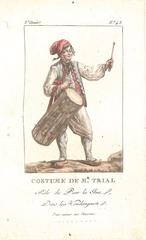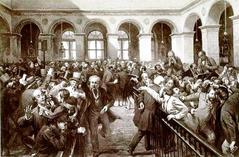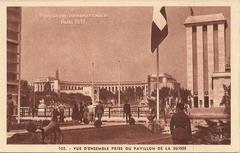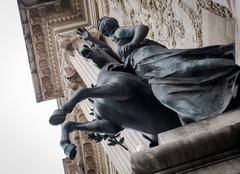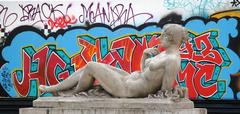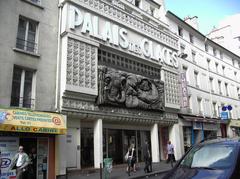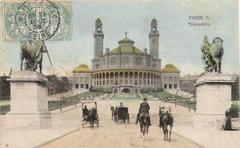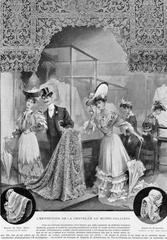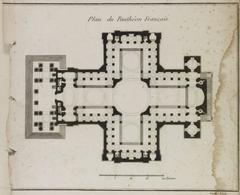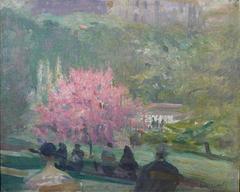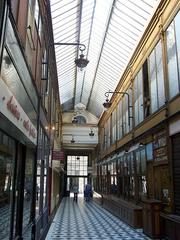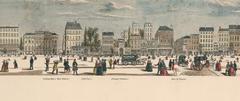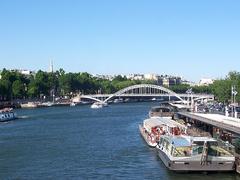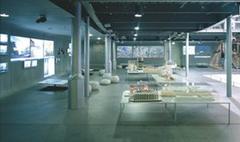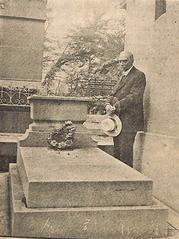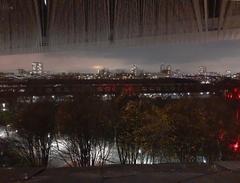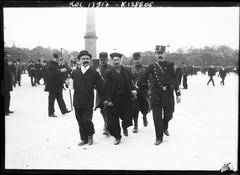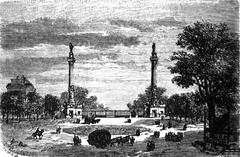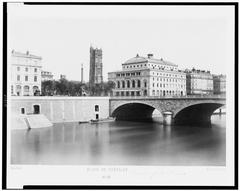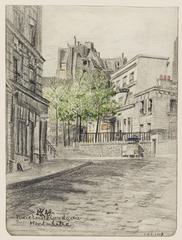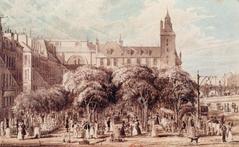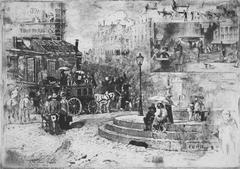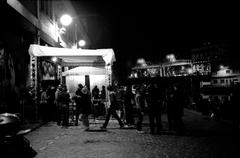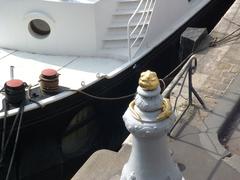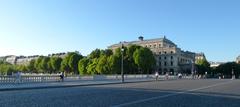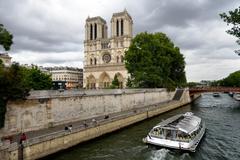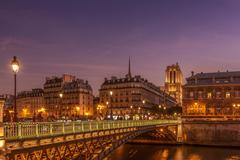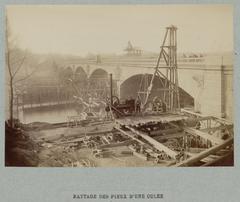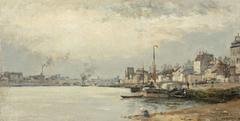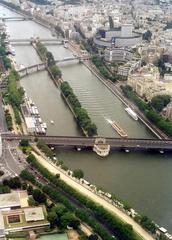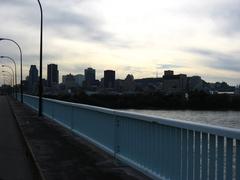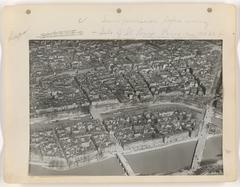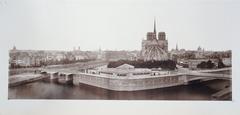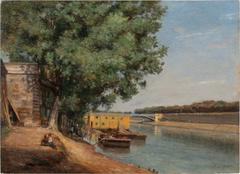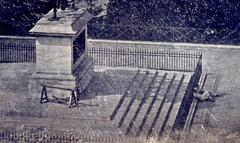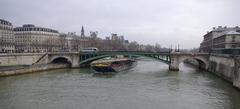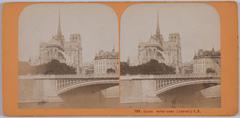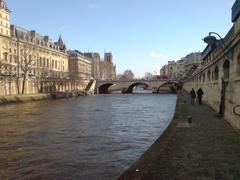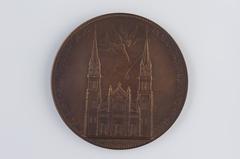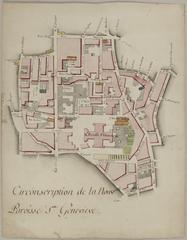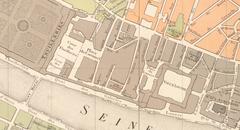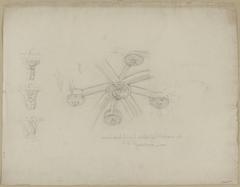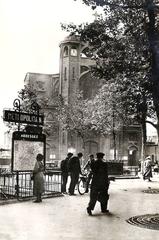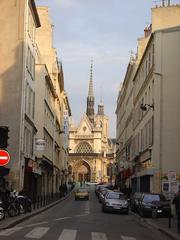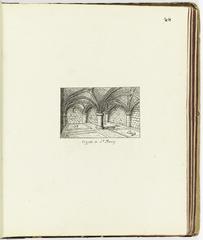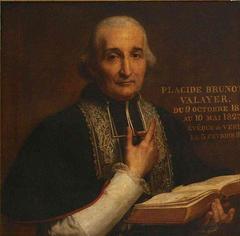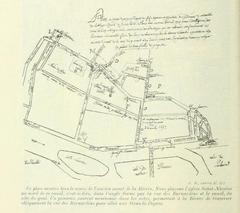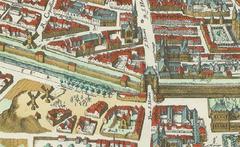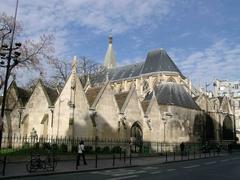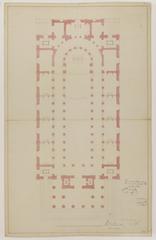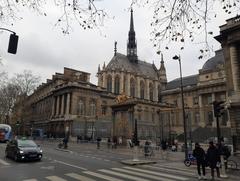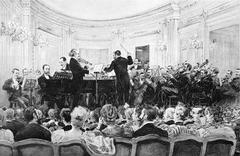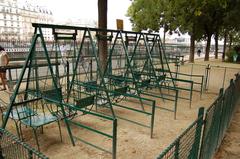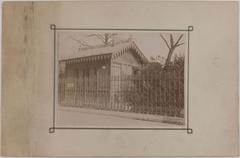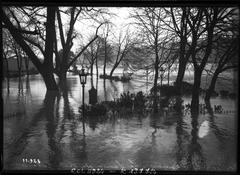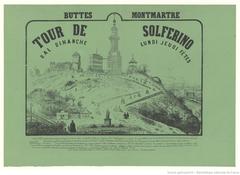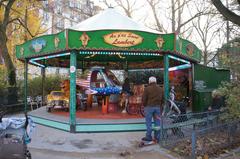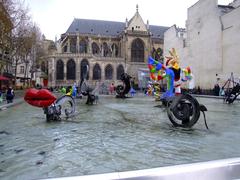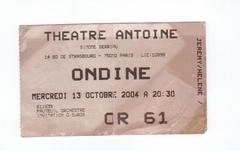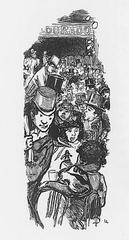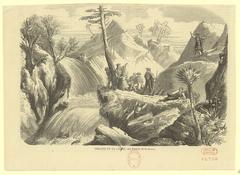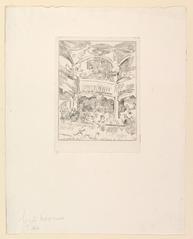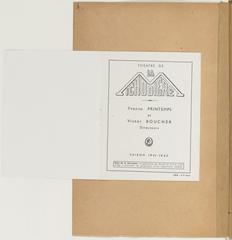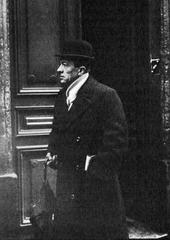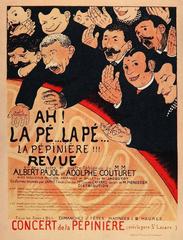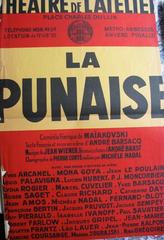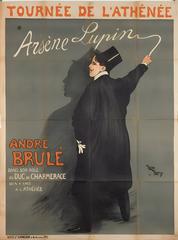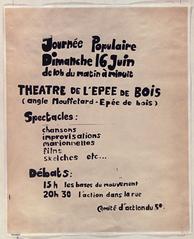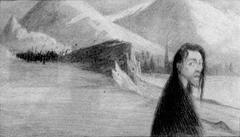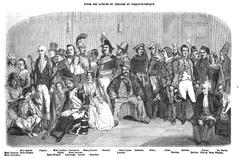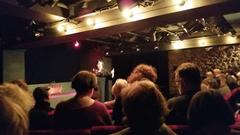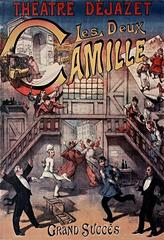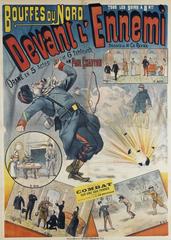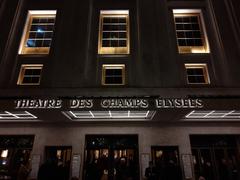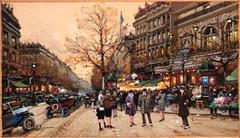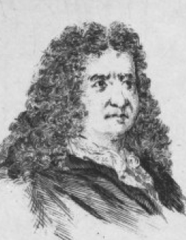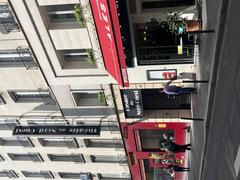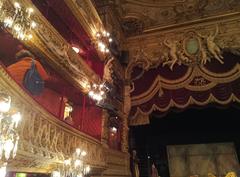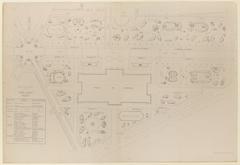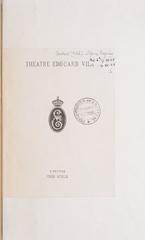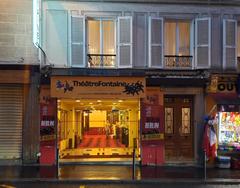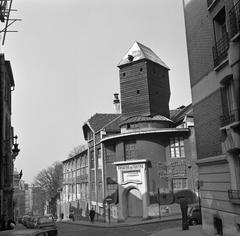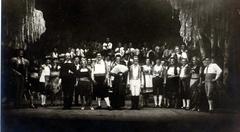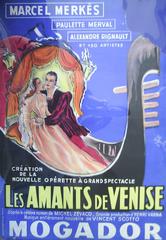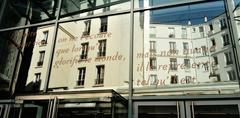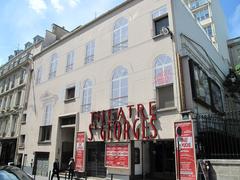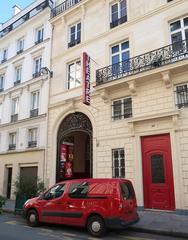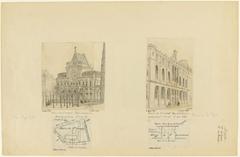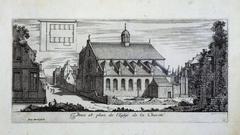Visiting Tour Saint-Jacques: Hours, Tickets, and Tips in Paris, France
Date: 18/07/2024
Why Visit Tour Saint-Jacques
The Tour Saint-Jacques, an imposing Gothic tower situated in the heart of Paris, stands as a significant testament to the city’s medieval history and architectural excellence. Originally built between 1509 and 1523 as part of the Church of Saint-Jacques-de-la-Boucherie, this tower has witnessed centuries of transformation, from the bustling days of the butchers’ guild to its current status as a beloved historical monument. Known for its Flamboyant Gothic style, the tower captivates visitors with its intricate stone carvings, statues, and panoramic views of Paris. This guide aims to provide a comprehensive overview of the Tour Saint-Jacques, exploring its historical, architectural, and cultural significance, as well as offering practical information for visitors, including visiting hours, ticket prices, and travel tips. Whether you’re a history enthusiast, an architecture lover, or a curious traveler, the Tour Saint-Jacques promises an enriching experience that delves deep into the essence of Parisian heritage (Monuments Nationaux, Paris City Hall, Tour Saint-Jacques).
Table of Contents
- Introduction
- Origins and Construction
- Architectural Significance
- The French Revolution and Beyond
- Restoration Efforts
- Modern Era and Public Access
- Visitor Information
- Notable Events and Anecdotes
- The Tower in Literature and Art
- Preservation and Future Prospects
- FAQ
- Conclusion
Visiting the Tour Saint-Jacques - History, Tickets, and Tips for Exploring Paris’s Gothic Landmark
Introduction
The Tour Saint-Jacques, a striking Gothic tower located in the heart of Paris, is not only a historical monument but also a fascinating destination for visitors. This article delves into its rich history, architectural significance, and provides practical information for tourists, including visiting hours, ticket prices, and travel tips.
Origins and Construction
The Tour Saint-Jacques has a history dating back to the early 16th century. Originally part of the Church of Saint-Jacques-de-la-Boucherie, the tower was constructed between 1509 and 1523. The church was a significant pilgrimage site on the route to Santiago de Compostela in Spain. The construction was funded by the prosperous butchers’ guild of Paris, reflecting the church’s location in a district known for its meat markets.
Architectural Significance
Standing at approximately 52 meters (171 feet) tall, the Tour Saint-Jacques is a prime example of Flamboyant Gothic architecture. This style is characterized by intricate stonework, elaborate tracery, and a sense of verticality and lightness. The tower’s design includes numerous statues and carvings, many depicting religious figures and scenes. A statue of Saint James the Greater, the patron saint of pilgrims, adorns the tower, emphasizing its historical role in the pilgrimage route.
The French Revolution and Beyond
The French Revolution brought significant changes to the Tour Saint-Jacques. In 1797, the Church of Saint-Jacques-de-la-Boucherie was demolished, leaving only the tower standing. The stones from the demolished church were repurposed for other construction projects in Paris. The tower itself was spared due to its architectural and historical significance. In the early 19th century, the tower was used as a shot tower for the production of lead shot, showcasing its robust construction and adaptability.
Restoration Efforts
In 1836, the Tour Saint-Jacques was declared a historical monument, leading to restoration efforts spearheaded by architect Théodore Ballu. Ballu’s work included the addition of a statue of Blaise Pascal, the famous mathematician and physicist, who conducted barometric experiments at the tower.
Modern Era and Public Access
In the 20th century, the Tour Saint-Jacques continued to symbolize Paris’s rich history. The tower underwent further restoration in the early 2000s. In 2013, it was opened to the public for the first time in centuries, allowing visitors to climb its 300 steps and enjoy panoramic views of Paris.
Visitor Information
- Visiting Hours: The Tour Saint-Jacques is typically open from April to October, with guided tours available. Visiting hours are usually from 10 AM to 6 PM, but it is recommended to check the official website of the City of Paris for the most up-to-date information.
- Tickets: Tickets can be purchased on-site or online. Prices vary, so checking the official website is advisable.
- Accessibility: The tower is not wheelchair accessible due to its historical structure and the narrow spiral staircase.
- Nearby Attractions: Located in the Marais district, visitors can explore nearby sites such as the Hôtel de Ville, Centre Pompidou, and the historic Le Marais neighborhood.
- Travel Tips: Wear comfortable shoes for the climb, and bring a camera to capture the stunning views from the top. Guided tours provide valuable historical insights and are highly recommended.
Notable Events and Anecdotes
One notable event in the tower’s history is Blaise Pascal’s experiments on atmospheric pressure, contributing to the development of the barometer. This scientific legacy adds another layer of significance to the Tour Saint-Jacques.
The Tower in Literature and Art
The Tour Saint-Jacques has inspired numerous works of literature and art. It is mentioned in Victor Hugo’s novel “Notre-Dame de Paris” and has been depicted in various paintings and illustrations, highlighting its cultural significance.
Preservation and Future Prospects
Managed by the City of Paris, ongoing investments ensure the tower’s preservation and accessibility. The inclusion of the tower in guided tours and educational programs raises awareness of its historical and cultural importance.
FAQ
- How many steps are there to the top of the Tour Saint-Jacques? There are 300 steps to the top.
- Is the Tour Saint-Jacques open year-round? No, it is typically open from April to October.
- Can I buy tickets online? Yes, tickets can be purchased online or on-site.
- What are the visiting hours? Usually from 10 AM to 6 PM, but check the official website for updates.
Conclusion
The Tour Saint-Jacques stands as a testament to Paris’s rich history and architectural grandeur. Whether you’re a history buff, an architecture enthusiast, or a curious traveler, this Gothic landmark offers a unique glimpse into the past. Plan your visit today and explore one of Paris’s most intriguing historical sites.
For more detailed information on the history and significance of the Tour Saint-Jacques, visit the official website of the City of Paris.
Summary and Final Thoughts
The Tour Saint-Jacques remains a prominent symbol of Paris’s rich historical tapestry and architectural grandeur. From its origins as part of a significant pilgrimage route to its survival through the French Revolution and subsequent restorations, the tower’s journey is a reflection of the resilience and cultural heritage of Paris. Today, it stands not only as a monument to the past but also as a beacon for tourists seeking to immerse themselves in the city’s vibrant history. Visitors can explore its Gothic splendor, climb its 300 steps for breathtaking views, and appreciate its contributions to science and literature. Managed by the City of Paris, ongoing preservation efforts ensure that the tower continues to educate and inspire future generations. A visit to the Tour Saint-Jacques offers a unique opportunity to connect with the historical and cultural essence of Paris, making it a must-see landmark for anyone exploring the city (Tour Saint-Jacques, Science History Institute, RATP).
References
- Paris City Hall, 2023, City of Paris https://www.paris.fr/
- Monuments Nationaux, 2023, National Monuments Center https://www.monuments-nationaux.fr/
- Tour Saint-Jacques, 2023, Official Site https://www.toursaintjacques.fr/
- Science History Institute, 2023, SHI https://www.sciencehistory.org/
- RATP, 2023, Paris Public Transport https://www.ratp.fr/
